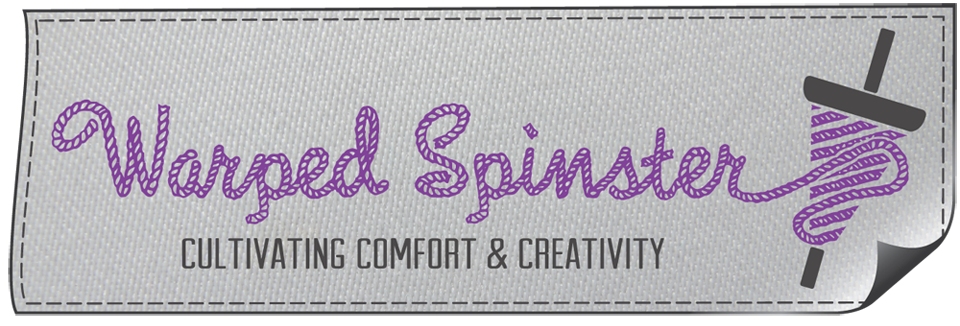I have succumbed to buying many specialty rulers that I thought would make my quilting life faster and easier, but to this day are languishing in various nooks and crannies of my studio. I probably couldn't find all of them at this point. I have no doubt that there are quilters who would love to have them because they would work for them but they just aren't my thing. (If you're looking for a ruler, there's a fair chance that I own it.)
So, for a long time I worked with just 3 or 4 rulers: the must-have 6" x 24" (if I could have just one this would be it), a 6" x 12", a 6" square, and a 12-1/2" square. I also bought a 15-1/2" square recently but for most squaring up of any size I still use the 12-1/2" square--and it has the worn edges to prove it. (I'm too embarrassed to show in a photo!) I suppose I'm something like Alton Brown and his kitchen tools--the only single-purpose tool he allows is a fire extinguisher.
However, I have found a few specialty rulers that have changed my tune about specialties. They are all for making pieced units that could be made by one of my standards rulers but the units they make are so perfect, it makes piecing much more fun and precise.
(Disclaimer: I do not work for, nor receive any sort of compensation from, these companies; I just love these rulers!)
First--my new favorite--is the Bloc-Loc half square triangle ruler. There are SO many half-square triangles in traditional patchwork and, when I told a knitting friend that I would make a reproduction Civil War quilt that has around 1200 small half square triangles (yeah, who thought THAT was a good idea??) I was in need of a tool that would make that job easier. After many years, and trying many methods for these units, I found the best method for me is to make the units slightly larger and cut them to size. So, I fell in love with the Bloc-Loc, which has a channel cut through the ruler so that it locks over the seam. So, there's no wobbling over the seam that results in slipping or wonky corners. I can use a ruler that's larger than the unit because you can turn and slide the ruler without picking up the ruler or the unit. It is, hands-down, the best, most accurate way to make half-square triangles that I have found. Even making 1200+ units that finish at 1-1/2" doesn't seem so daunting any longer.
Next, I discovered the Rapid Fire Lemoyne Star Ruler. I have always loved Lemoyne Stars but absolutely hated making them; I was never happy with how they turned out. With this ruler, I can't stop making Lemoynes. Love it, love it, love it. (I'm working on my fourth quilted piece with it and that isn't going to be the last. Have I mentioned that I love it?)
Finally, the most recent find is again from Bloc-Loc: their flying geese ruler. It also has a channel that locks over the seams. In this case, you have to have a ruler for the specific size of unit you're making but it makes units so accuratethat I was willing to invest in that. (The incentive is making dozens of Sawtooth Stars for signature blocks that will take the place of a guest book at my retirement reception in a few months.)
To get the units to the point you see in the photo I use the method that Eleanor Burns demonstrates when using her ruler. (I used her ruler, and loved it, until I found the Bloc-Loc; that channel makes all the difference to me. Thanks, Eleanor, for this method and for your ruler, which I used for many, many flying geese.)
And here are the blocks I'm making.
What are YOUR favorite rulers?






